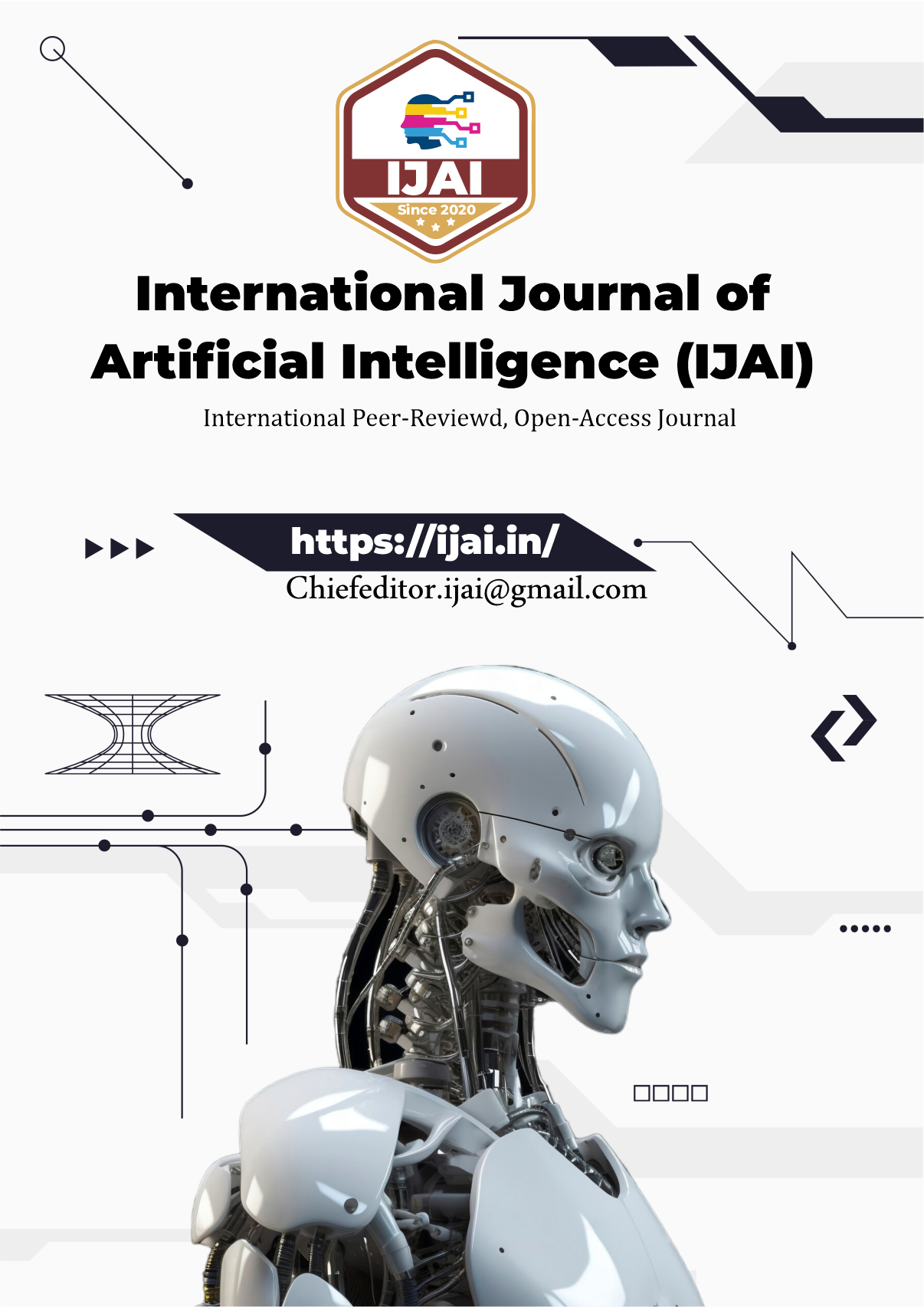Evaluating the Effectiveness of Risk-Based Quality Assurance Models in Regulated Software Development Lifecycles
Keywords:
Risk-Based Quality Assurance, Software Testing, Regulated Software, QA Models, Compliance Testing, Risk AssessmentAbstract
In the context of regulated software systems—such as those used in healthcare, finance, and aerospace—the need for reliable Quality Assurance (QA) processes is paramount. Risk-Based Quality Assurance (RBQA) has emerged as a pragmatic approach to streamline QA activities by aligning testing efforts with the assessed level of risk associated with various components. This paper investigates the effectiveness of RBQA models within regulated software development lifecycles as of 2023, emphasizing compliance, defect detection, and cost-effectiveness. A synthesis of prior literature and an empirical analysis of RBQA adoption patterns across industries are provided. This research demonstrates that, while RBQA increases testing efficiency and regulatory alignment, its success hinges on accurate risk classification and the maturity of organizational QA practices
References
Amland, Ståle. “Risk-Based Testing: Risk Analysis Fundamentals and Metrics for Software Testing Including a Financial Application Case Study.” Journal of Systems and Software, vol. 53, no. 3, 2000, pp. 287–295.
Aragani, V. M. (2022). Unveiling the magic of AI and data analytics: Revolutionizing risk assessment and underwriting in the insurance industry. International Journal of Advances in Engineering Research (IJAER), 24(VI), 1–13.
Bach, James. “Risk-Based Testing.” Software Testing and Quality Engineering Magazine, vol. 1, no. 5, 1999, pp. 96–97.
Felderer, Michael, and Raimund Ramler. “A Taxonomy of Risk-Based Testing.” International Journal on Software Tools for Technology Transfer, vol. 18, no. 2, 2016, pp. 117–133.
Aragani, V. M. (2023). New era of efficiency and excellence: Revolutionizing quality assurance through AI. ResearchGate, 4(4), 1–26.
Kaner, Cem, James Bach, and Bret Pettichord. Lessons Learned in Software Testing: A Context-Driven Approach. Wiley, 2010.
Redmill, Felix. “Exploring Risk-Based Testing and Its Implications.” Software Testing, Verification and Reliability, vol. 14, no. 1, 2004, pp. 3–15.
Aragani, V. M. (2022). Securing the future of banking: Addressing cybersecurity threats, consumer protection, and emerging technologies. International Journal of Innovations in Applied Sciences and Engineering (IJIASE), 8(1), 178–196.
Wallace, Linda, and Dennis Fujii. “Software Risk Management in the Real World.” Proceedings of the 11th International Conference on Software Engineering, 1989, pp. 464–469.
Attaluri, V., & Aragani, V. M. (2025). Sustainable business models: Role-based access control (RBAC) enhancing security and user management. In Driving Business Success Through Eco-Friendly Strategies (pp. 341–356). IGI Global.
Beizer, Boris. Software Testing Techniques. 2nd ed., Van Nostrand Reinhold, 1990.
Myers, Glenford J., Corey Sandler, and Tom Badgett. The Art of Software Testing. 3rd ed., Wiley, 2011.
McGraw, Gary. Software Security: Building Security In. Addison-Wesley Professional, 2006.
Sommerville, Ian. Software Engineering. 10th ed., Pearson, 2015.
IEC 62304. Medical Device Software – Software Life Cycle Processes. International Electrotechnical Commission, 2006.
RTCA DO-178C. Software Considerations in Airborne Systems and Equipment Certification. RTCA, Inc., 2011.
Aragani, V. M., & Thirunagalingam, A. (2025). Leveraging advanced analytics for sustainable success: The green data revolution. In Driving Business Success Through Eco-Friendly Strategies (pp. 229–248). IGI Global. https://doi.org/10.4018/979-8-3693-9750-3.ch012
Rasam, A., Sawant, A., Fernandes, R., & Brahmkshatriya, V. (2024). Privacy preservation in outlier detection. International Journal of Management, IT & Engineering, 14(12), 49–57.








